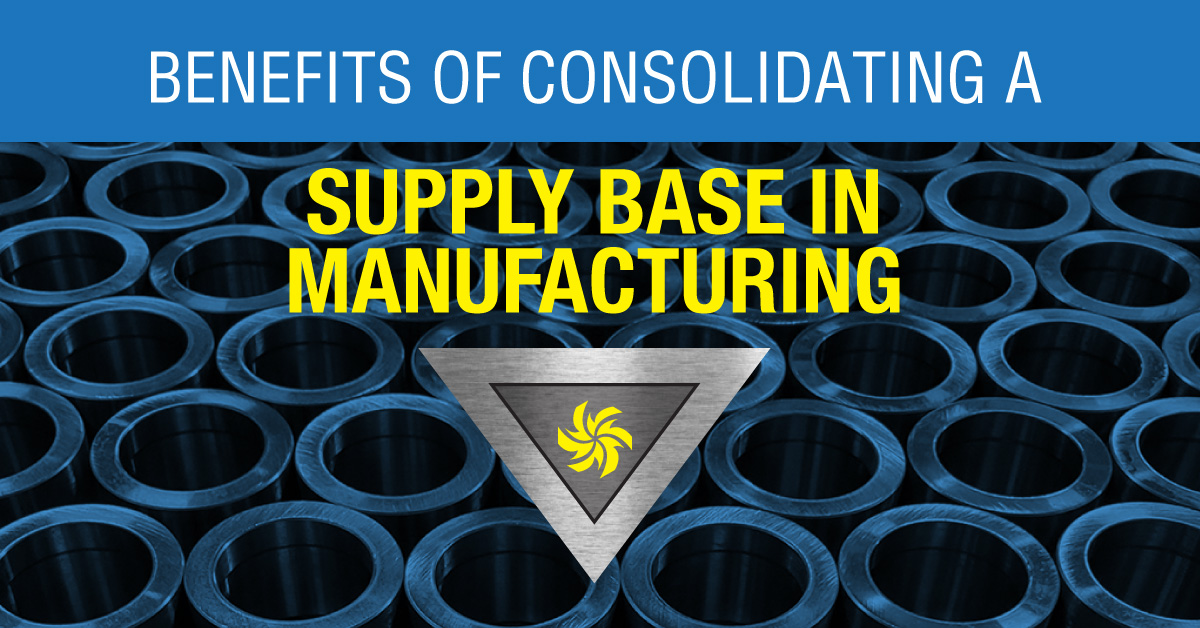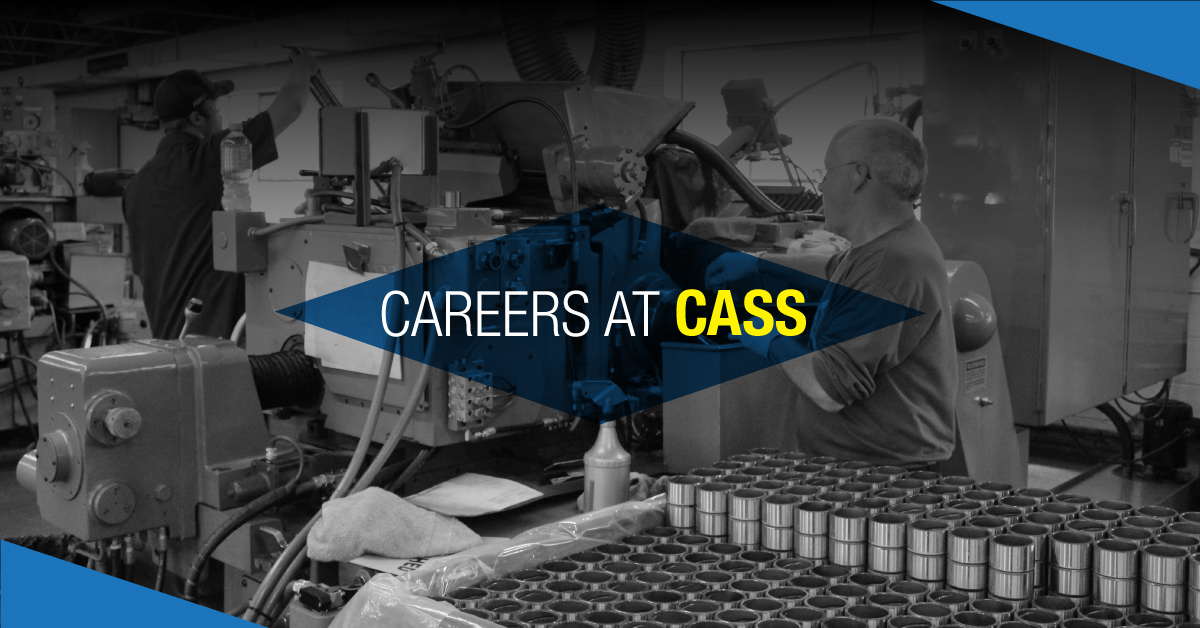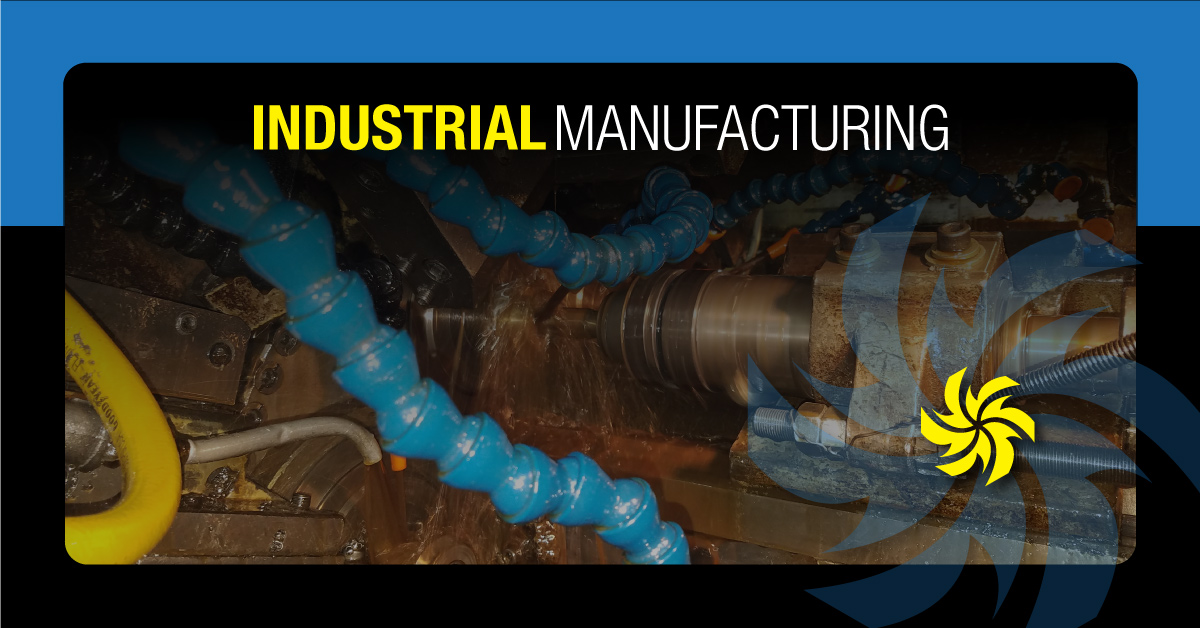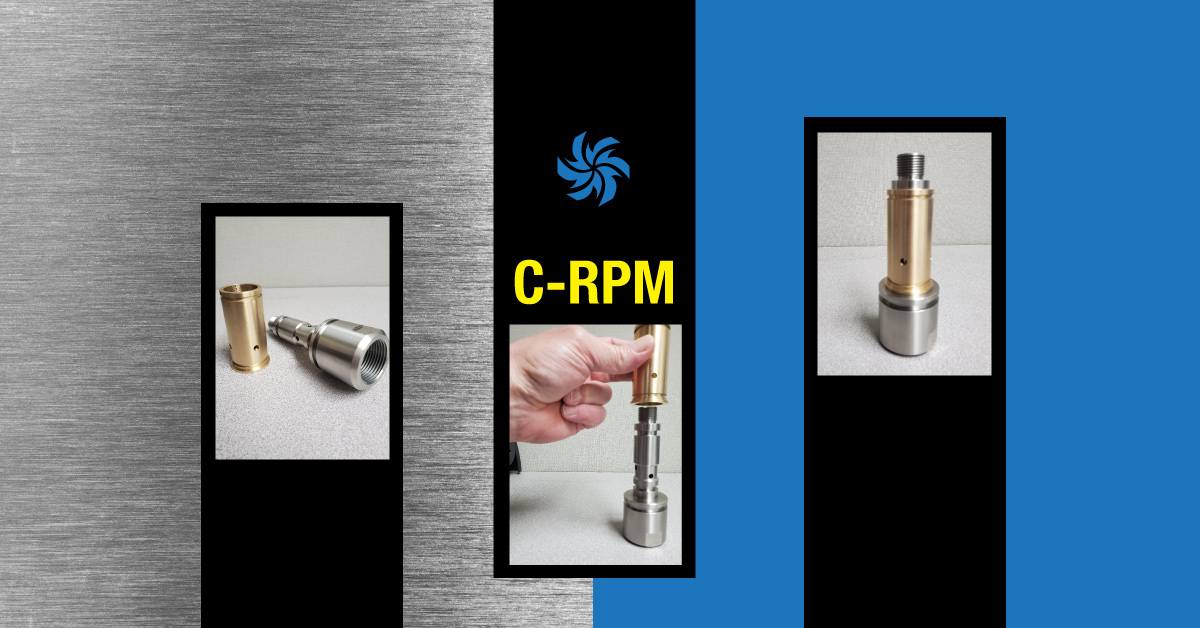In the dynamic world of manufacturing, efficiency and reliability are the cornerstones of success. One strategy that has gained increasing recognition in recent years is the consolidation of a supply base. By reducing the number of suppliers and fostering strong partnerships with a select few, manufacturers can unlock a multitude of benefits. At Cass Precision Machining, we are a strategic supplier that excels in quality, service, reliability, agility, trust, and DFM (design for manufacturing).
Quality Assurance
Quality is the bedrock of manufacturing, and it becomes more attainable when you streamline your supply base. Strategic suppliers understand the unique requirements of each of their clients and consistently deliver components that meet or exceed the highest quality standards.
Consolidating your supplier base allows for clearer communication of quality expectations, enabling you to build stronger relationships with your suppliers. This results in fewer defects, reduced rework, and more consistent and superior product quality.
Exceptional Service
Service excellence is another key benefit of consolidating your supply base. When you work closely with a select group of suppliers, you build a partnership founded on mutual understanding and trust. This fosters a higher level of service and responsiveness as suppliers become intimately familiar with your needs and expectations.
Good suppliers show their commitment to service through their ability to adapt to changing project requirements quickly. Their agility in addressing unexpected challenges or accommodating revisions is a testament to the value of having a strategic supplier who truly understands your business.
Reliability and Consistency
Reliability is paramount in manufacturing, and it’s one of the key advantages of consolidating your supply base. A supplier with a consistent track record and dedication to meeting deadlines makes them a trusted partner for their clients. By working closely with fewer suppliers, you can better rely on consistent performance and delivery, reducing production disruptions and associated costs.
Agility and Adaptability
Manufacturing is an ever-evolving field, and agility is essential to stay competitive. A good supplier’s ability to adapt to changing project requirements or market conditions is a hallmark of their service. A consolidated supply base allows for greater flexibility in adapting to these changes, as your strategic suppliers are more inclined to collaborate on solutions and explore cost-effective alternatives.
Trust and Partnership
Trust is the foundation of any successful partnership, and it’s a defining feature of a consolidated supply base. At Cass Precision Machining, we understand the value of trust and invest in building long-term relationships with our clients. With trust established, we can work collaboratively, sharing insights and innovations that drive mutual success.
Design for Manufacturing (DFM)
Design for Manufacturing (DFM) is a critical aspect of a consolidated supply base. Suppliers like Cass can provide valuable input during the design phase to optimize the manufacturability of components. Our expertise ensures that designs are not only functional but also efficient to produce, reducing costs and lead times.
The benefits of consolidating a supply base in manufacturing are significant and wide-reaching. A strategic supplier needs to excel in quality, service, reliability, agility, trust, and DFM. A commitment to excellence and a partnership mentality make them a valuable asset in today’s competitive manufacturing landscape. If you’re looking to streamline your supply chain, enhance quality, and drive efficiency, consider the value of consolidating your supply base with a trusted partner like Cass. Give us a call to learn more about our capabilities and how we can help contribute to your manufacturing success.












